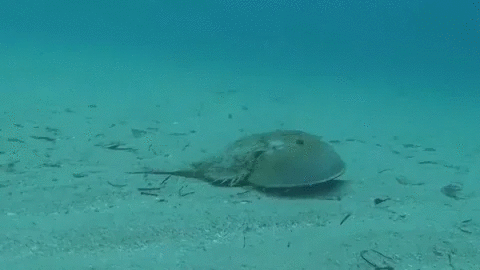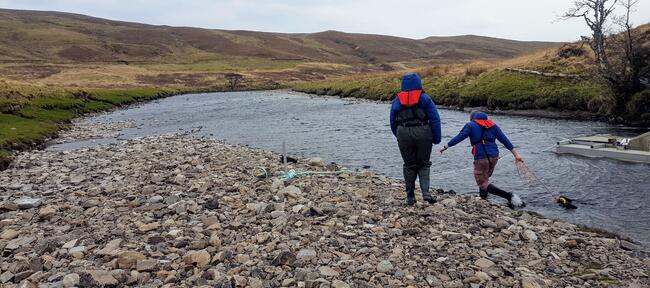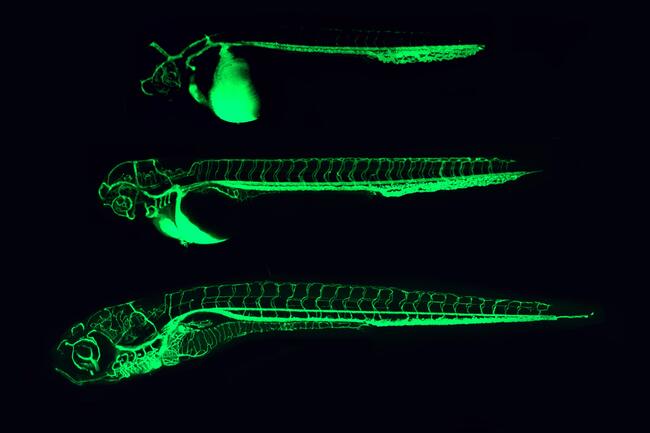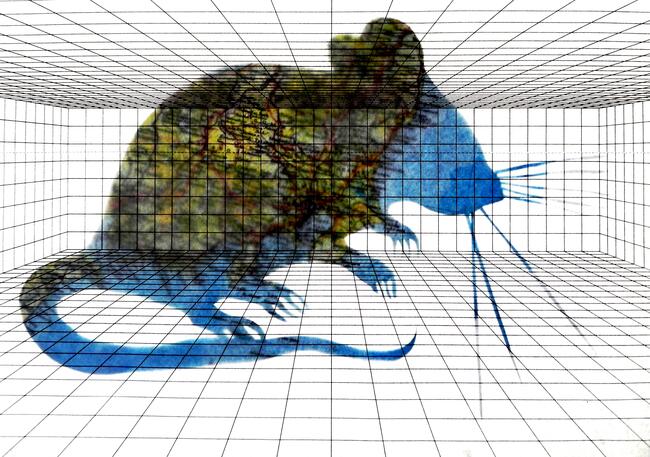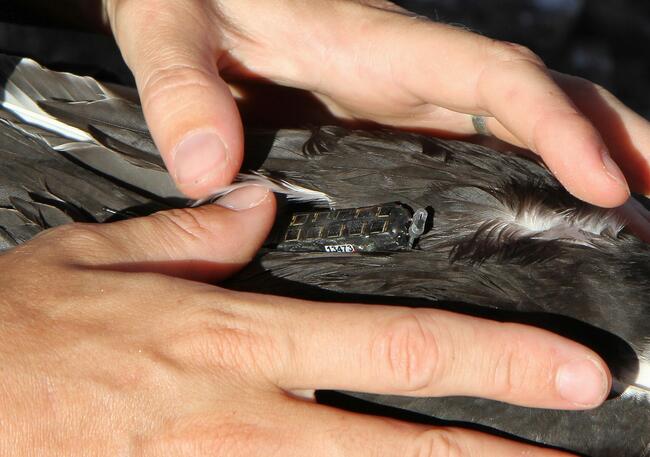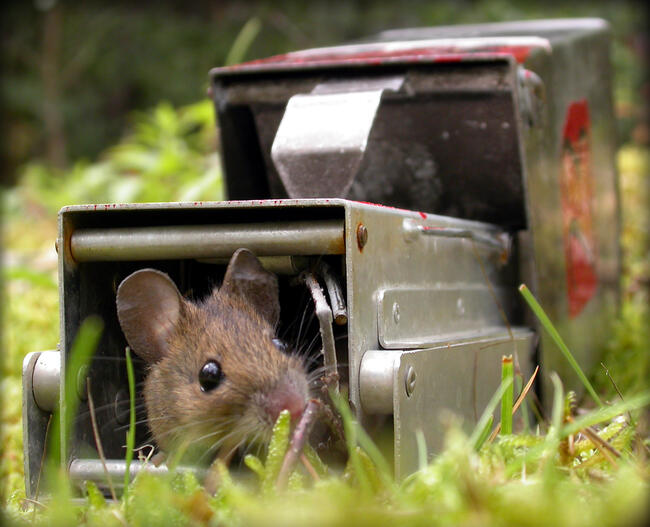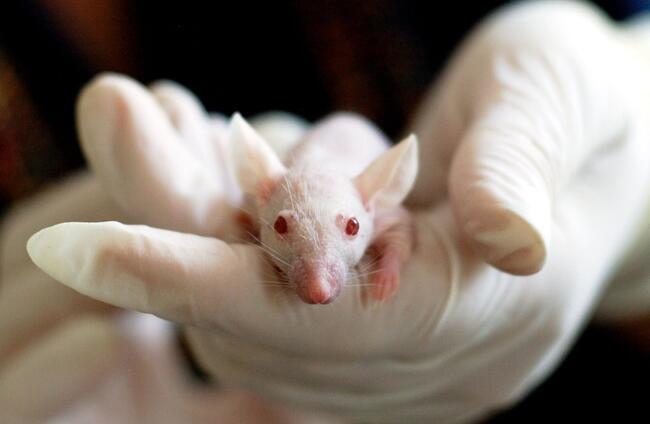Regulation
Publications
This article emerges out of the work of the The Swiss National Research Programme “Advancing 3R” (NRP 79). It features contributions from AnNex team member and NRP Steering Committee member Professor Gail Davies. The paper embodies and develops many of the aspirations of the AnNex programme in stating that: "Looking at the debate on advancing 3Rs from this angle, the humanities and social sciences are not the fifth wheel: they are as important as natural science and biomedicine in the project of advancing implementation of the 3Rs and developing the 3Rs themselves."
Historically and today, the law serves as a site of struggle over animal research. The UK's Animals (Scientific Procedures) Act (A(SP)A) of 1986 sought to balance the interests and concerns of scientists, vets, animal welfare campaigners, and publics. If we accept that the law plays this central role in balancing concerns about animal research, it is important to understand how this is facilitated in practice through the interpretation of key terms within the legislation such as “animal research” and “experimentation”. Our purpose in this paper is to explore how the remit and edges of animal research law are constituted, in the sense of grasping something in accordance with cultural codes that make it meaningful for a particular group, in order to determine what counts as permissible animal research and experimentation.
This book features highlights from the Animal Research Nexus Programme to demonstrates how the humanities and social sciences can contribute to understanding what is created through animal procedures - including constitutional forms of research governance, different institutional cultures of care, the professional careers of scientists and veterinarians, collaborations with patients and publics, and research animals, specially bred for experiments or surplus to requirements.
Developing the idea of the animal research nexus, this book explores how connections and disconnections are made between these different elements, how these have reshaped each other historically, and how they configure the current practice and policy of UK animal research.
This paper explores what happens to care, and decisions about ending and extending life, when research animals become pets and pets become research animals. To do this, we draw on in- depth qualitative research on (i) rehoming of laboratory animals, (ii) veterinary clinical research, and (iii) the role of the Named Veterinary Surgeon (NVS) in UK animal research. Key contributions of our work include highlighting: how care roles can be split; the impor- tance of considering speculative and in-practice elements of care; the context-dependency and multiplicity of practices of killing in the veterinary clinic and laboratory; and the flexibility and changing nature of animal categories.
The increasingly global scope of biomedical research and testing using animals is generating disagreement over the best way to regulate laboratory animal science and care. Despite many common aims, the practices through which political and epistemic authority are allocated in the regulations around animal research varies internationally. This article proposes a framework for understanding and thinking across national differences in the regulation of animal research.
Drawing on insights from qualitative social science research, this paper aims to prompt reflection on social, ethical and regulatory challenges faced by scientists undertaking invasive animal research in the field. We explore challenges relating to the management of (i) relationships with publics and stakeholders; (ii) ethical considerations not present in the laboratory; (iii) working under an array of regulations; and (iv) relationships with regulators (especially vets). We argue that flexibility—at a personal and policy level—and respect for others’ expertise emerged as two key ways of negotiating ethical challenges, fostering positive working relationships and promoting good care for individual animals and broader ecosystems.
This report explores what a social science perspective might add to understanding the debates surrounding the use of horseshoe crabs in endotoxin testing. It draws on qualitative research with stakeholders, alongside documentary and policy analysis to examine the various perspectives, positions, and sides of debates about horseshoe crabs. This report attempts to represent the wide diversity of stakeholder perspectives about the biomedical use of horseshoe crabs in a balanced manner.
These notes summarise some key topics of conversation at the workshop 'Out of the lab, into the field: Exploring animal research at POLEs', held on the 30th Sept-1st Oct, 2019, at Keble College, Oxford. Please feel free to share these notes with your colleagues and wider networks.
Blog entry
In AnNex projects Species and Spaces (S&S) and Markets and Materials (M&M), we have devoted much
As part of a Wellcome Trust Secondment Fellowship with the RSPCA's Research Animals Department Dr R
As part of a Wellcome Trust Secondment Fellowship with the RSPCA's Research Animals Department Dr R
Social scientists and historians have long observed that laboratory and field research are rather different (e.g., Gieryn, 2006; Kohler, 2002).
Numbers can be a contentious issue in animal research.
Can animals volunteer to participate in research? If so, what does volunteering look like, and what does it mean for animal welfare?
"How different does a fish really feel from one day to the next?" Zebrafish larvae become protected animals at the age of 5 days post fertilisation. At 4 days, they are not. Why is this?
Events
Citizen science is a fundamental contributor to wildlife research in the UK but its regulation can be complex.
What kinds of ethical and practical challenges do wildlife researchers face? How do these challenges compare with those faced by researchers working with laboratory animals?
Announcements
This special issue aims to bring together work in the social science and humanities on the regulatory themes associated with animal research and knowledge production resulting from it, including but not limited to professionalisation, transparency
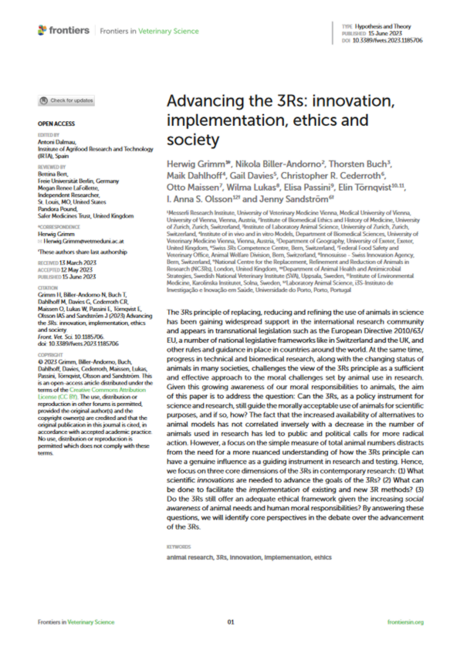
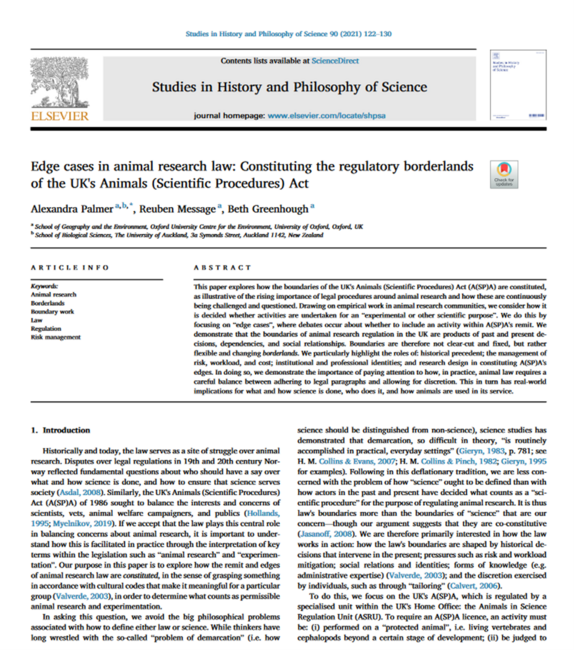
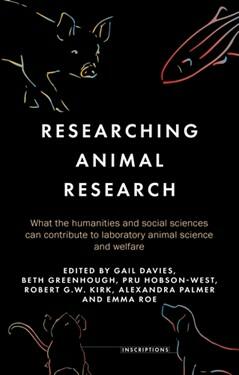
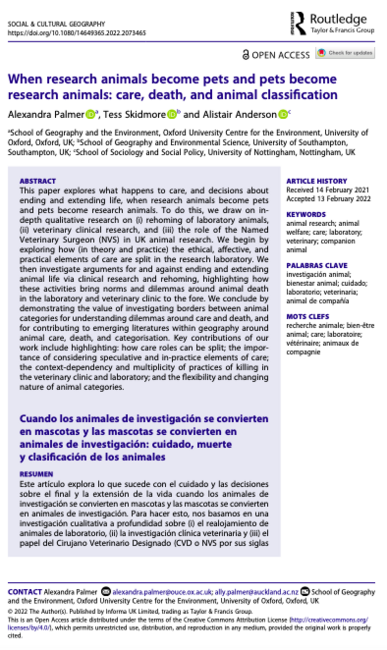
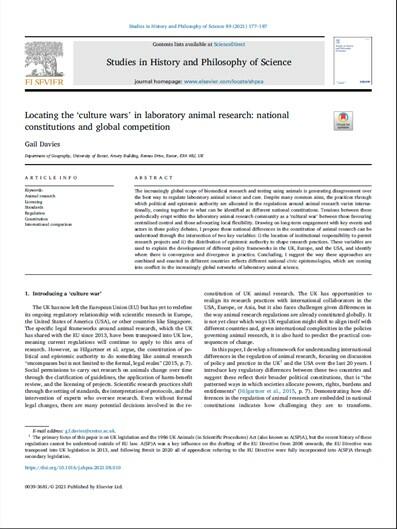
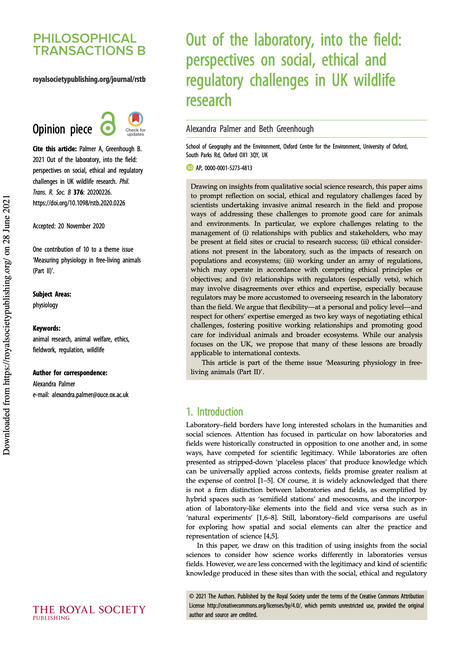
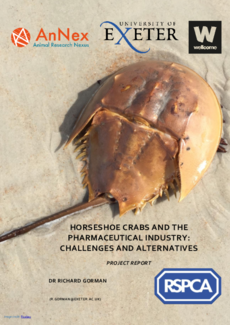
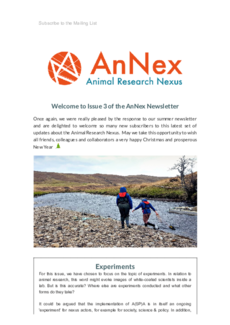
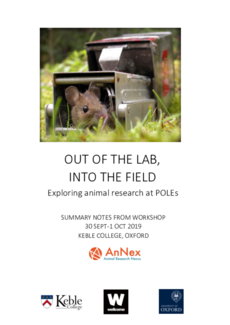
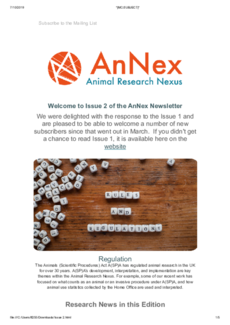
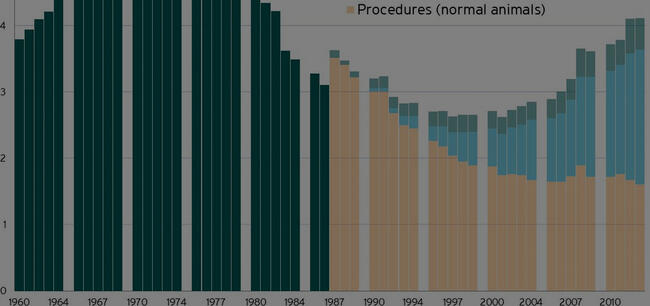
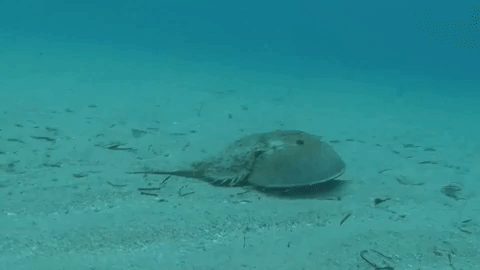
.gif%3Fitok=DjRU-WH5)
